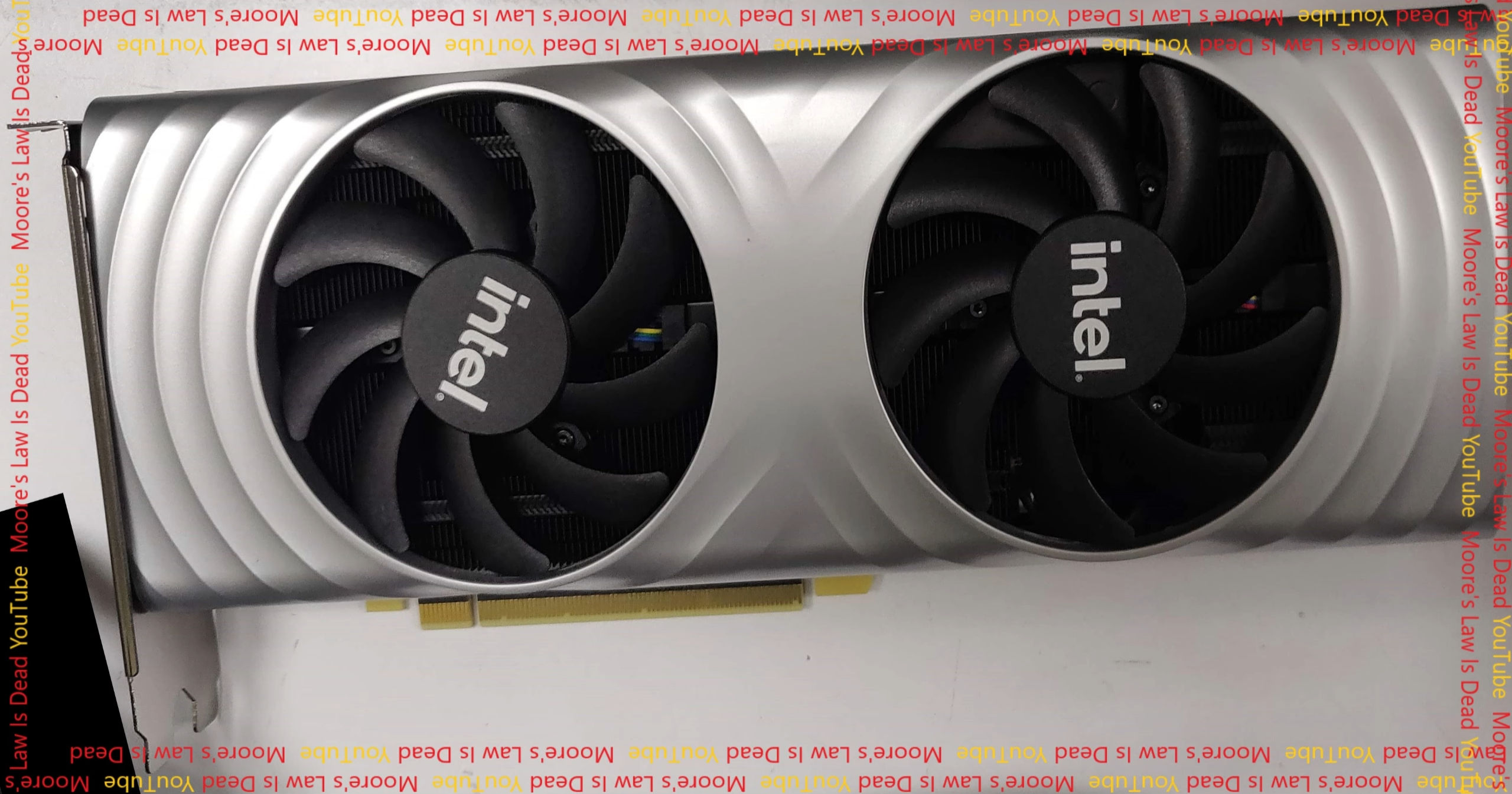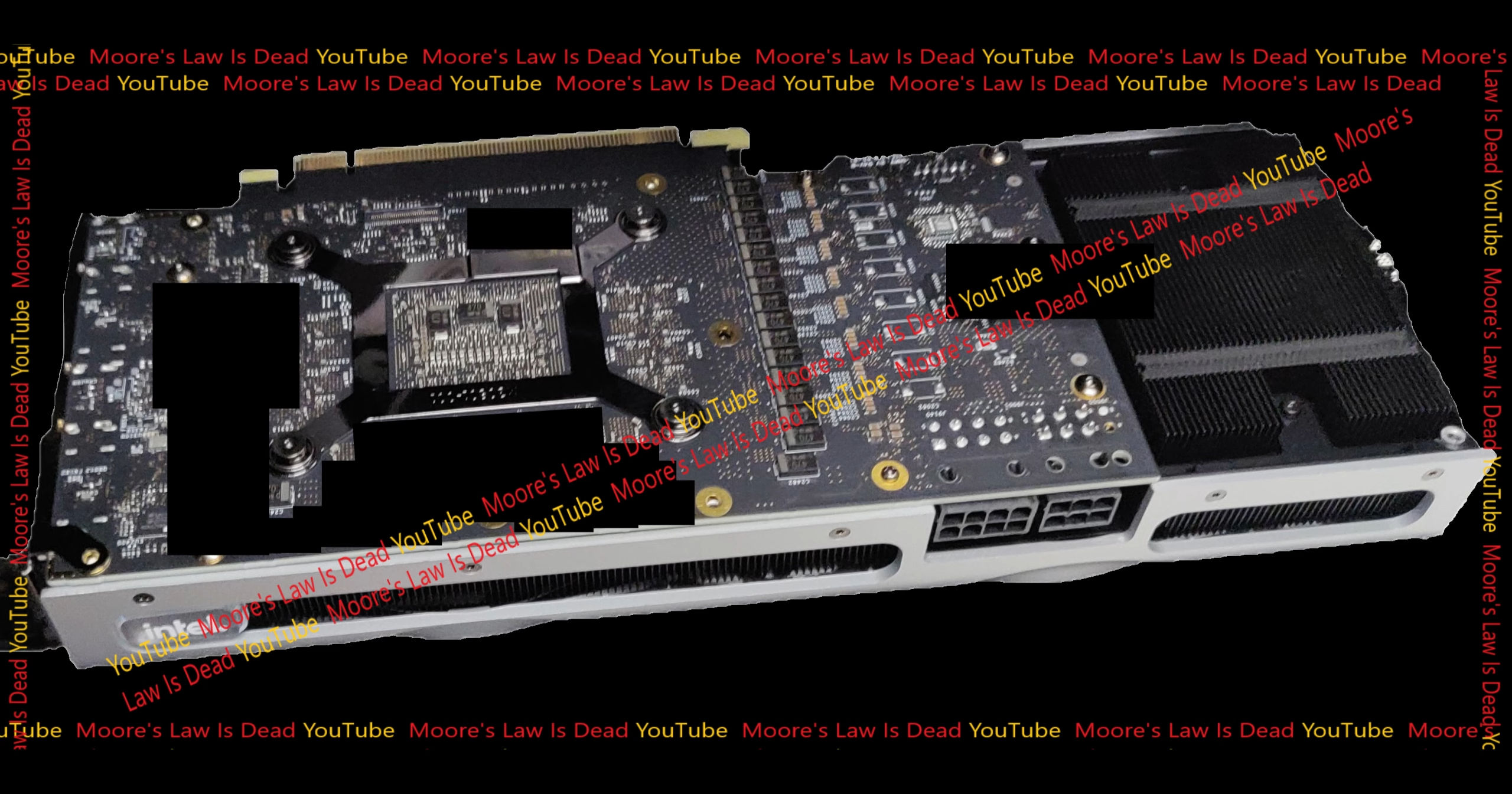Intel Arc Alchemist GPU could be a game changer — here’s everything we know
Coming in early 2022, the Intel Arc Alchemist GPU could appeal to those struggling to find RTX 3070 stock

With RTX 3070 stock still extremely hard to come by, and AMD alternatives not faring much better, any competition is welcome. And, on paper, the upcoming Intel Arc Alchemist GPU looks like it could be just the ticket, offering similar performance to Nvidia’s RTX 3070.
Expected in Q1 2022, the GPU is still some way away, but YouTuber Moore’s Law is Dead claims to have provided a first look as to what the card will look like — or what it currently looks like in its pre-production state, at any rate.
- Where to buy AMD Radeon RX 6700 XT — latest stock updates
- The best gaming PCs in 2021
- Plus: Google Pixel 6 Pro — 5 reasons to buy and 3 reasons to skip
Fortunately, we’re not left trying to read between the lines from the picture alone, as Intel has been reasonably transparent about what to expect from the card.

At its Architecture Day event earlier in the year, covered by HotHardware, Intel revealed that the Alchemist will be the first of its Arc series of commercially available GPUs, and it will offer up to eight render slices per GPU instantiation, with four cores per slice and 16 vector engines per core.
The card will apparently offer 512EUs (Execution Units), though other leaks have suggested that versions with 448, 384, 256 and 128EUs could also be in the works.
At an event this week, Intel also confirmed that the card will support real-time ray tracing, mesh shading and variable rate shading. It will also feature up to 16 dedicated matrix engines for AI acceleration. These are used for something dubbed XeSS, Intel’s Super Sampling technology that aims to rival Nvidia’s DLSS and AMD’s FidelityFX Super Resolution.
In supported games, this should allow you to output a higher resolution than your computer could normally produce, theoretically blending the performance of 1080p with the output of, say, 4K. Here’s an example of it working from Intel’s Architecture Day:
Get instant access to breaking news, the hottest reviews, great deals and helpful tips.
Of course, tech demos don’t necessarily reflect real world performance, but all of this sounds extremely promising for a first attempt at a modern discrete graphics card, all the same.
And while the global chip shortage isn’t exactly fun for any tech manufacturers, this could actually play into Intel’s hands quite nicely. With AMD and Nvidia cards flying off shelves as soon as they’re restocked and going for an absolute fortune on Ebay, loyal customers who might be wary of trying an Intel card may decide that taking a chance is better than paying over the odds for their first choice.
That is, of course, assuming that Intel doesn’t face the same struggles keeping its cards in stock when they launch early next year…
Freelance contributor Alan has been writing about tech for over a decade, covering phones, drones and everything in between. Previously Deputy Editor of tech site Alphr, his words are found all over the web and in the occasional magazine too. When not weighing up the pros and cons of the latest smartwatch, you'll probably find him tackling his ever-growing games backlog. He also handles all the Wordle coverage on Tom's Guide and has been playing the addictive NYT game for the last several years in an effort to keep his streak forever intact.

